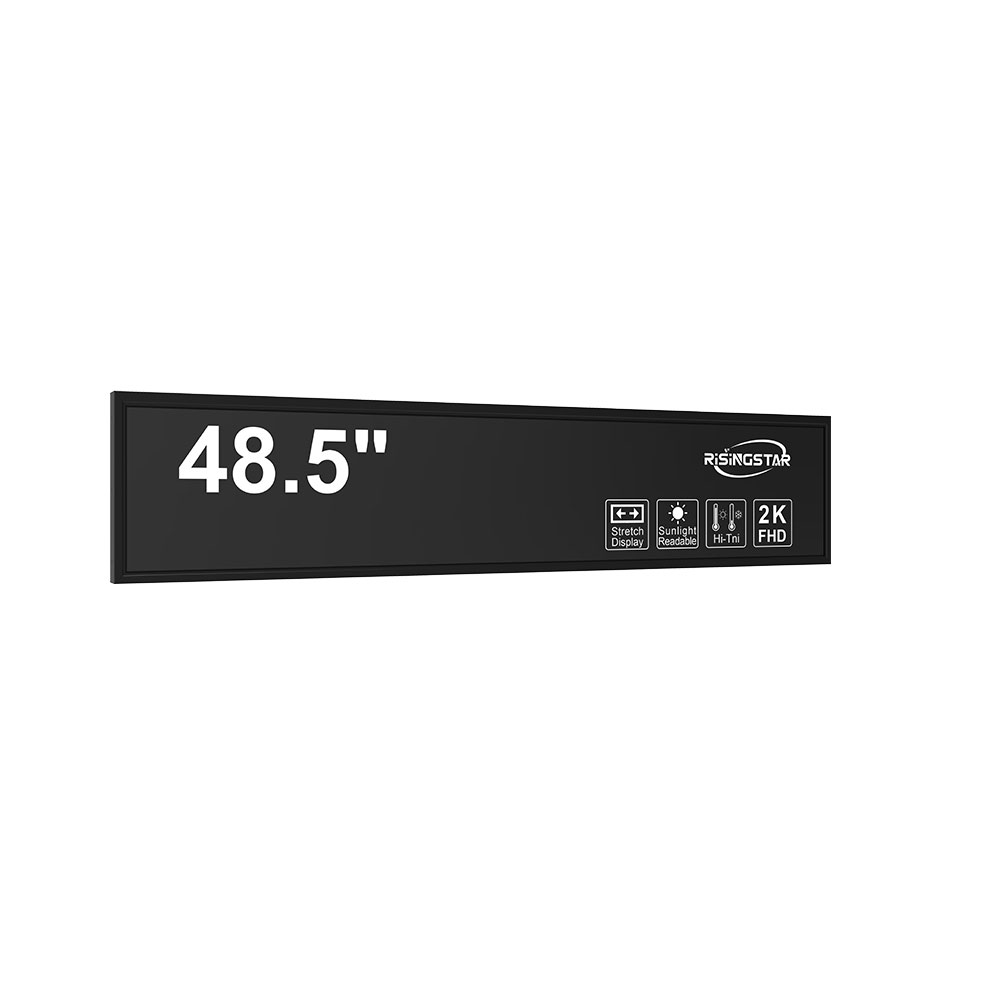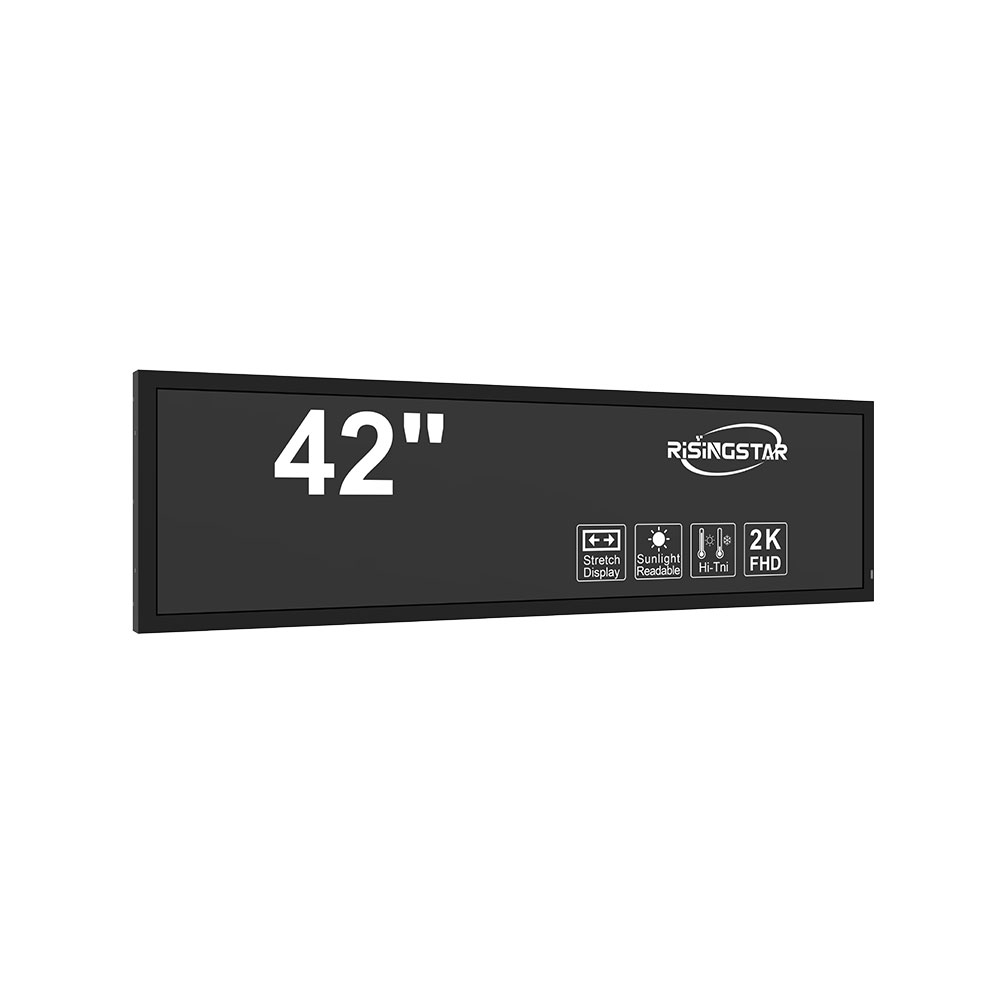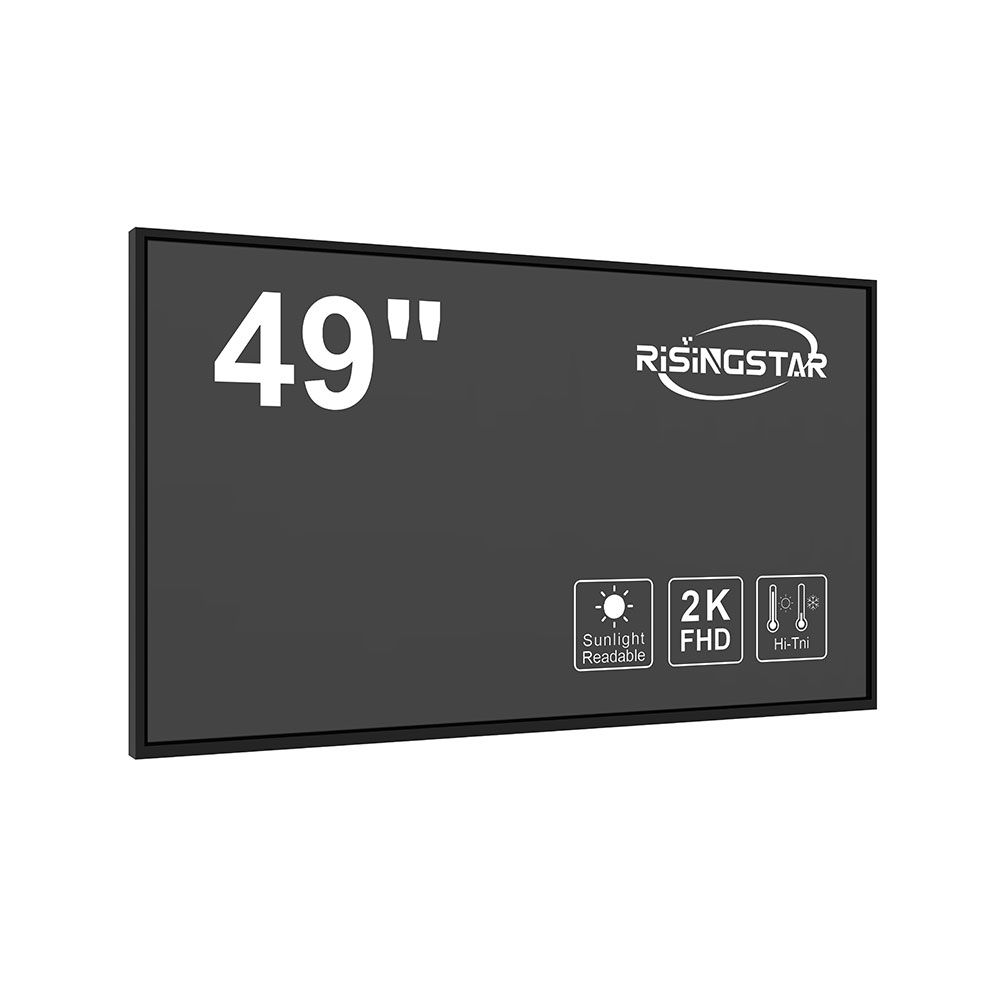- Home
- About Us
- Products
- News
- Video
- Contact
- Send Inquiry
Search
- Home
- About Us
- Products
- News
- Video
- Contact
- Send Inquiry

Outdoor high-brightness LCD screens with a 4:3 display ratio—commonly found in 15", 17", and 19" sizes—are increasingly vital across commercial, industrial, and public infrastructure applications. These displays are engineered to withstand harsh environmental conditions such as direct sunlight, extreme temperatures, humidity, and dust while maintaining consistent image quality and operational reliability. As of 2024, the global outdoor digital signage market is projected to exceed $38 billion, with 4:3 aspect ratio panels dominating legacy systems in sectors like retail kiosks, transportation hubs, and utility monitoring stations due to their compatibility with older content formats and vertical information layouts.
The 4:3 aspect ratio offers superior readability for text-heavy content compared to modern 16:9 screens, making it ideal for indoor-outdoor hybrid environments where users require clear visibility of data such as schedules, alerts, or real-time sensor readings. For example, in smart city projects in Singapore and Seoul, 17" and 19" outdoor LCDs with 4:3 ratios are used in bus stop information boards and traffic management units because they support better legibility at a glance without requiring horizontal scrolling or letterboxing.

These screens typically feature brightness levels between 5,000 and 10,000 nits—significantly higher than standard indoor displays (250–500 nits)—to ensure visibility under direct sunlight. Key technologies include LED-backlit LCD panels, anti-glare coatings, IP65-rated enclosures, and wide viewing angles (up to 170°). Manufacturers such as LG Display, Sharp, and Panasonic have developed specialized outdoor-grade LCD modules using edge-lit LED backlights and advanced thermal management systems that prevent overheating in desert climates or freezing conditions in northern regions.
Case studies from major installations highlight performance benchmarks. A deployment at Tokyo Haneda Airport used 15" 4:3 outdoor LCDs for baggage claim updates. These screens achieved 99.8% uptime over 12 months despite exposure to rain, wind, and temperature swings from −10°C to +45°C. Similarly, a utility company in Texas deployed 19" units for SCADA (Supervisory Control and Data Acquisition) monitoring on oil rigs; the displays maintained clarity even during sandstorms due to sealed housings and automatic brightness adjustment algorithms.
Power efficiency remains a priority. Many 4:3 outdoor LCDs now use DC power inputs (typically 12V or 24V), enabling solar-powered installations—a key requirement for remote locations. Some models incorporate motion sensors and scheduled sleep modes, reducing energy consumption by up to 60% during low-traffic hours. According to a 2023 report by MarketsandMarkets, power-efficient outdoor displays represent 32% of new procurement budgets in North America and Europe.

For integrators and end-users, selecting the right 4:3 outdoor LCD requires evaluating brightness specifications (measured in nits), operating temperature range, enclosure rating (IP65/IP67), and connectivity options such as HDMI, VGA, and Ethernet-based control protocols like ONVIF. The 4:3 format also simplifies integration with legacy software platforms in industries like healthcare (patient info terminals) and education (campus bulletin boards).
In summary, 4:3 aspect ratio outdoor LCDs in 15", 17", and 19" sizes remain indispensable for applications demanding durability, readability, and cost-effective scalability. With advancements in backlight technology, energy efficiency, and ruggedized design, these displays continue to evolve beyond niche use into mainstream industrial IoT ecosystems worldwide.
